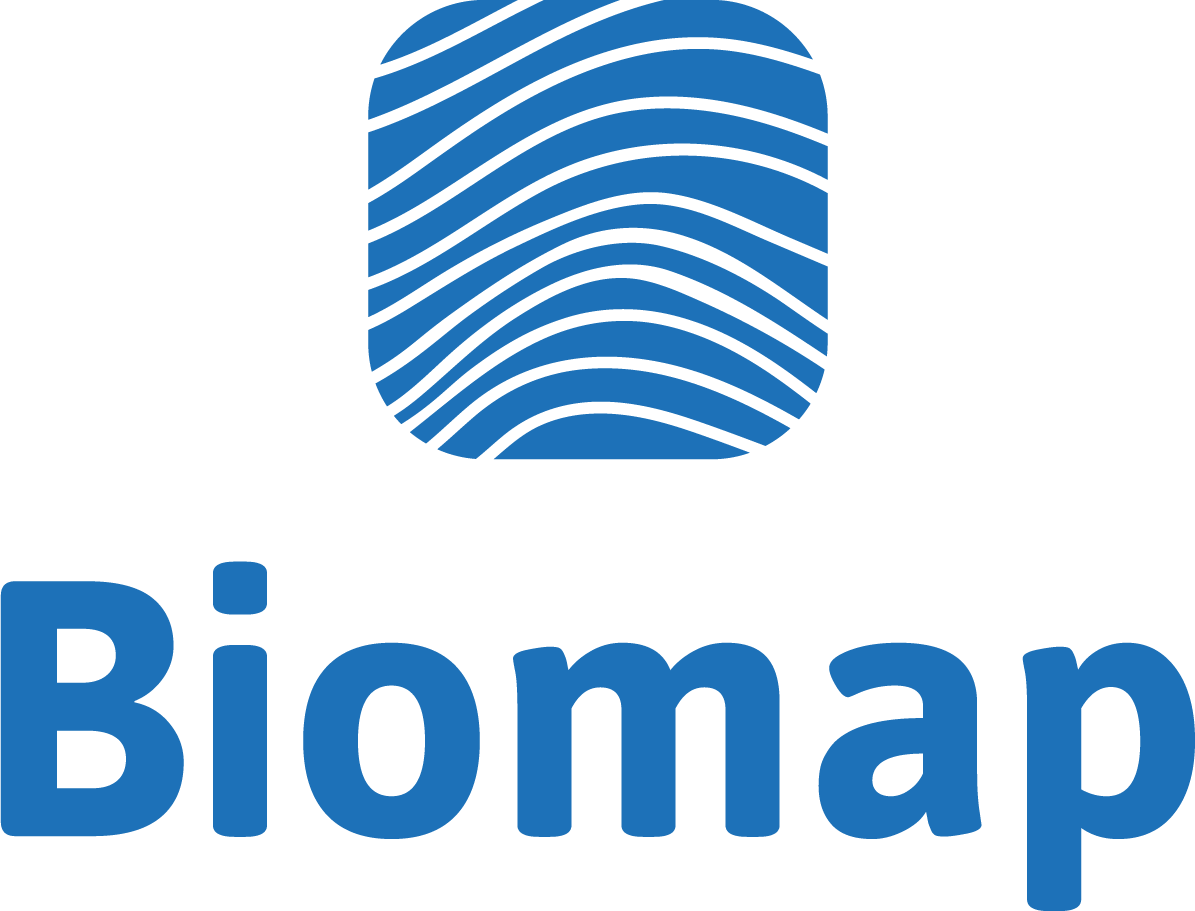Atopic dermatitis and psoriasis are serious skin diseases that affect over 300 million people globally. Atopic dermatitis causes itchy, inflamed skin that can become blistered, while psoriasis is characterised by red, scaly plaques on the skin. For many patients, the treatments available do not work well and the diseases place a huge burden on patients, their families, and healthcare systems.
BIOMAP aims to shed new light on the underlying causes of both diseases, as well as the genetic and environmental factors that influence how a patient’s disease will progress and how well they will respond to a given treatment. They will do this by studying in depth data and samples from 50 000 patients as well as healthy individuals.
Ultimately, BIOMAP hopes to identify new sub-types of the diseases that will allow clinicians and patients to make better, more personalised decisions on treatments. To ensure patients’ views are integrated into the project, BIOMAP has set up a Patient Advisory Group.

